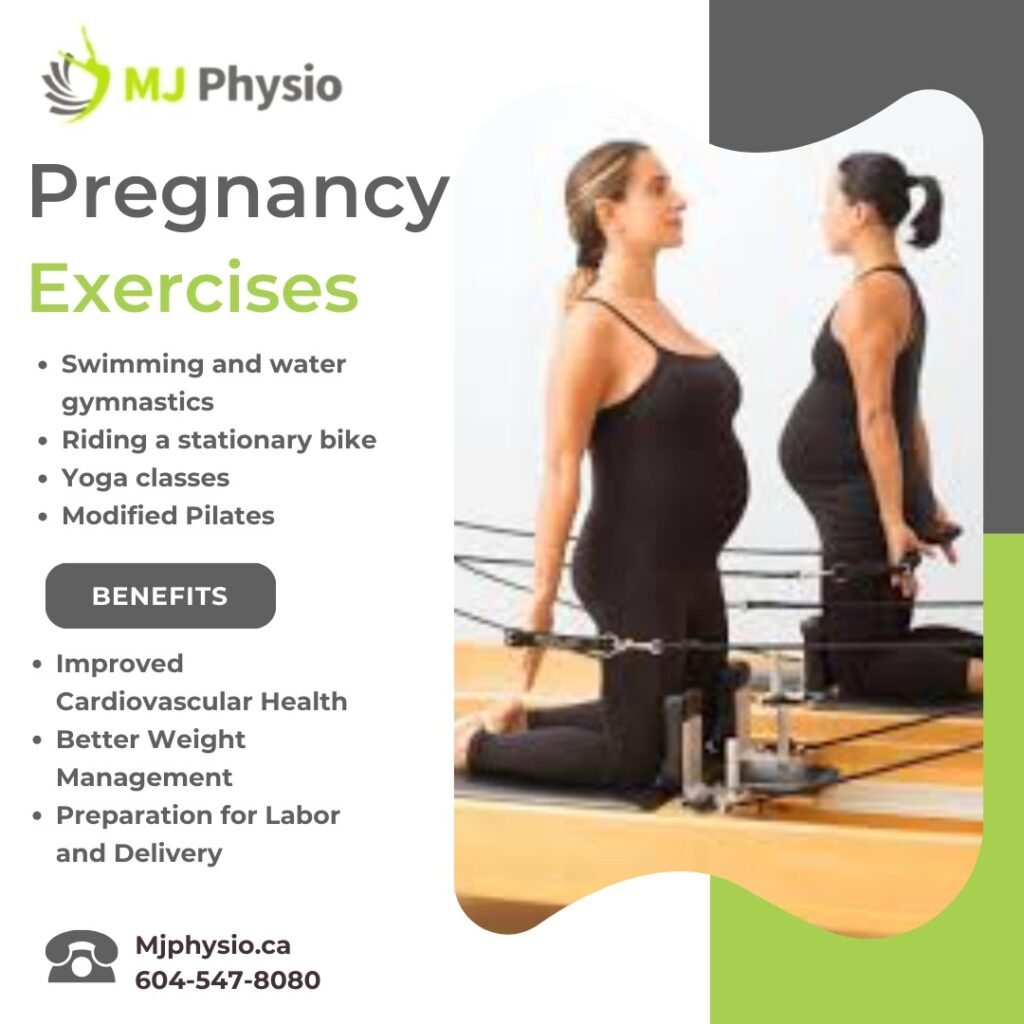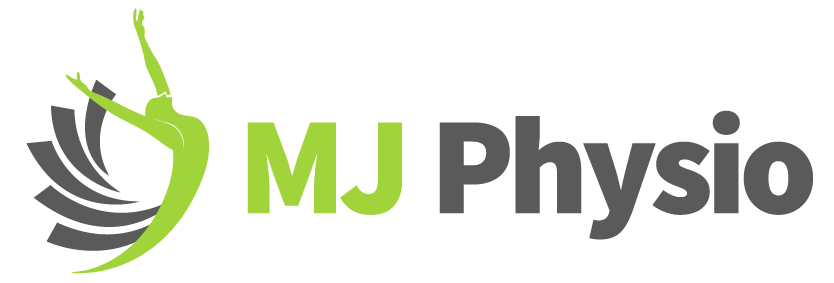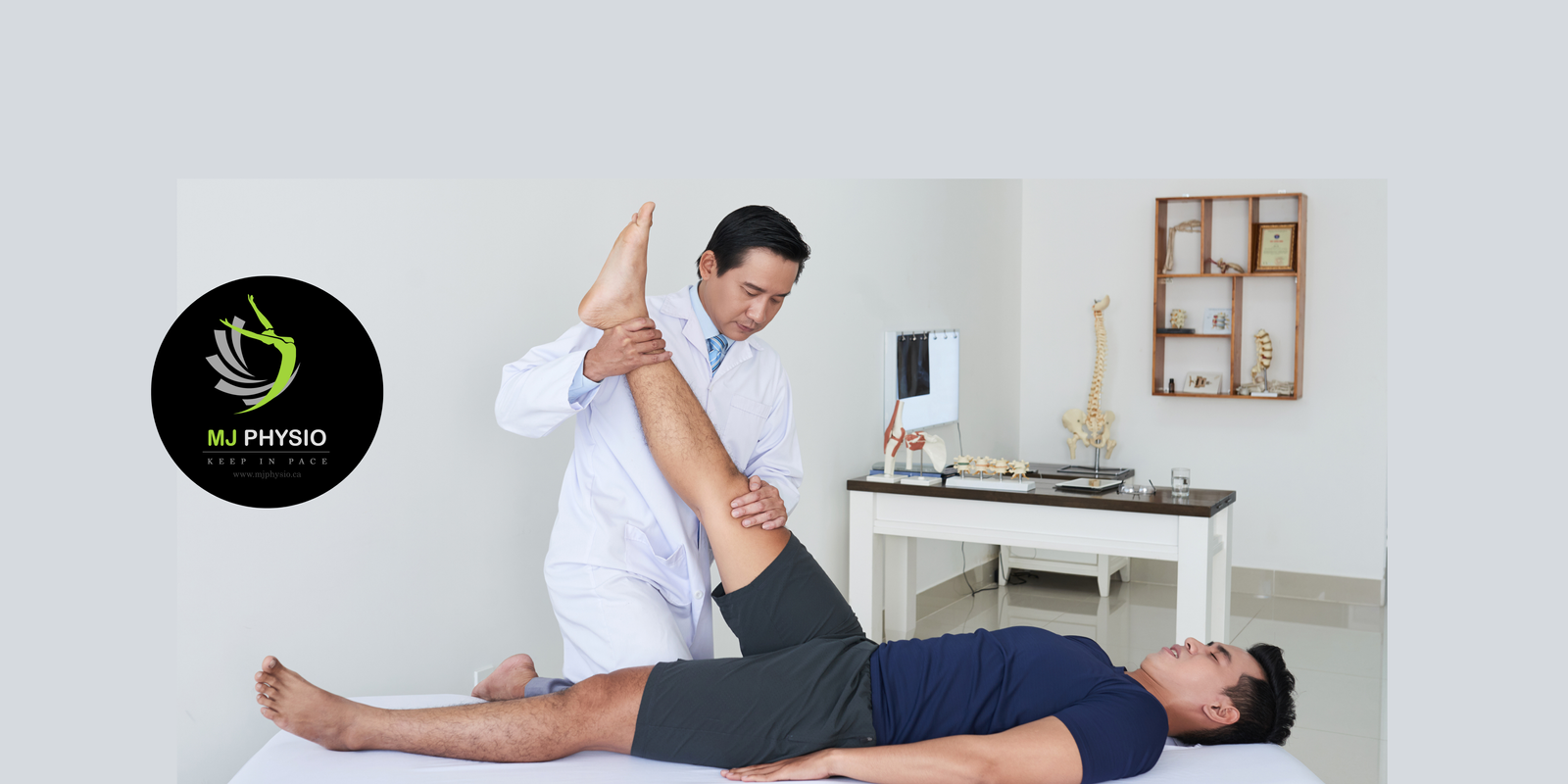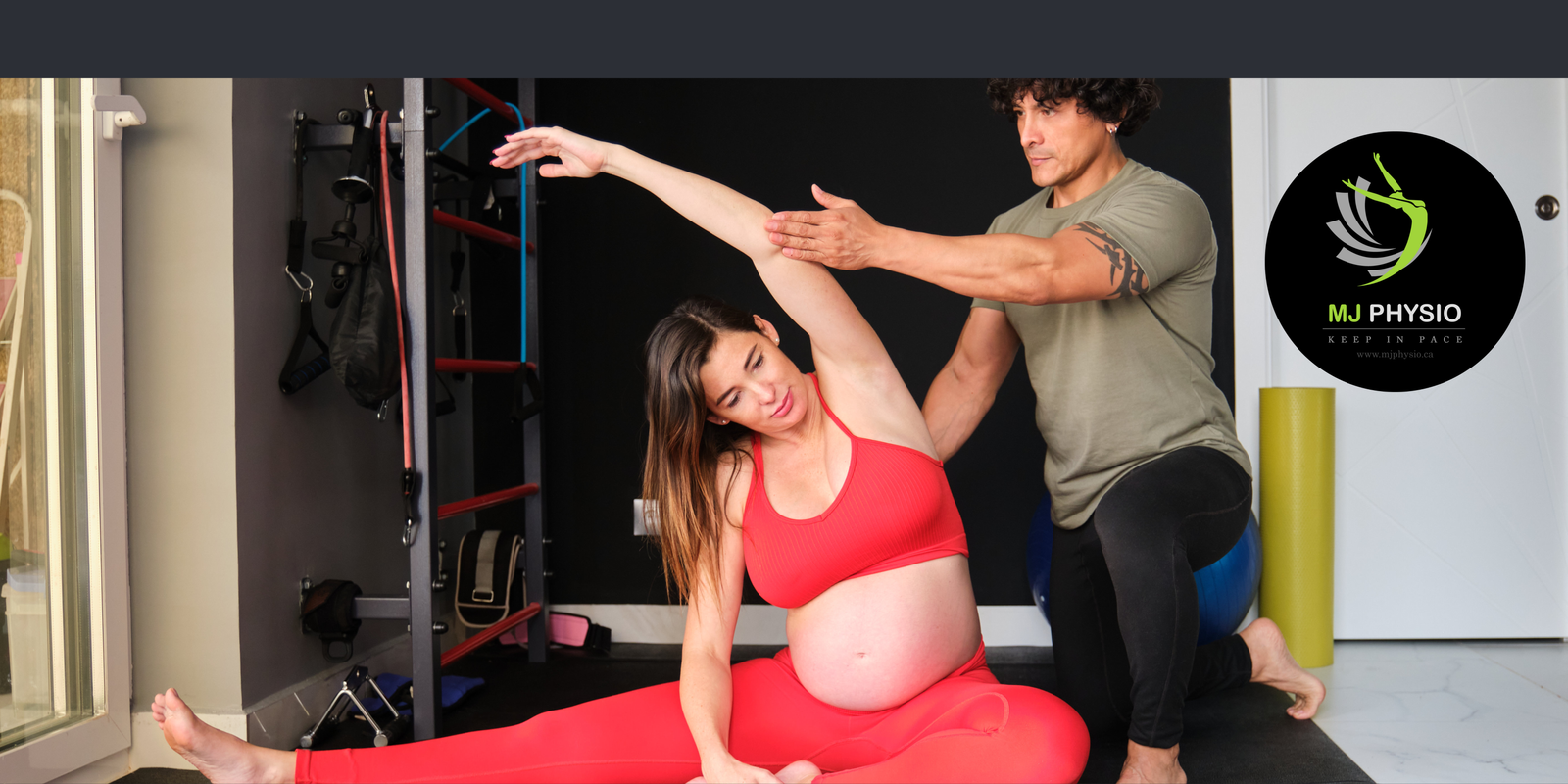Best exercises during pregnancy and women’s health
Women’s health and its importance
The blog focuses on best exercises during pregnancy and women’s health. Pregnancy is one of the most complex physiological processes in a woman’s life because it comes with a lot of physical, psychological, and emotional changes. Though it is a great time in one’s life when a lot of expectations are expected from one, it is a period that demands extra precaution as far as health is concerned. Pregnancy is a period in the life of women where regular exercise is very important to enhance their fitness and health as well as the health of the baby. In this blog, we will discuss the need to promote women’s health during pregnancy, understand the value of prenatal exercise, and extensive guidelines for safe prenatal exercise.
Issues Relating to Health Care for Women During Pregnancy
There is little doubt that effective management of maternal health during pregnancy plays a significant role in determining healthy pregnancy, birth, and the health of the baby. undefined
1. Optimal Fetal Development
The growing baby needs a healthy mother to ensure that all the developing body organs grow as they should. Prenatal care is also essential, as well as a balanced diet, and physical activity, all of which help minimize risks of birth defects as well as other problems.
2. Reduced Pregnancy Complications
Pregnant women who follow a healthy lifestyle prevent major pregnancy issues like gestational diabetes, preeclampsia, and premature delivery. Dietary modifications and exercise prevent complications such as obesity, hypertension, and diabetes.
3. Improved Mental Health
During pregnancy, many women experience stress, which can also be an emotionally challenging period. Taking care of one’s mental health by practicing methods such as relaxation, stress, or exercise can help address issues such as anxiety, depression, and even mood swings.
4. Enhanced Physical Comfort
During this period the body is experiencing a metamorphosis hence common complaints may include back pain, swelling, and extreme fatigue. These discomforts can however be eased and prevented by adjusting physical movement and having a good posture all through.
5. Preparation for Labor and Delivery
Regular workouts can give a boost to the muscle tissue needed for labour and shipping, enhance stamina, and improve endurance. It also can help women better cope with the physical demands of childbirth and decrease the hazard of headaches throughout shipping.
6. Postpartum Recovery
Women who keep a wholesome way of life throughout pregnancy frequently revel in faster postpartum recovery. Regular exercise can assist restore pre-pregnancy fitness stages, guide weight control, and improve typical well-being after childbirth.

Benefits of Exercise During Pregnancy
Exercise throughout pregnancy gives several blessings for both the mother and the toddler. Here are a few key blessings:
1. Improved Cardiovascular Health
Regular bodily pastime facilitates cardiovascular health, enhances flow, and decreases the chance of high blood pressure. This is vital for stopping pregnancy-related headaches together with preeclampsia.
2. Better Weight Management
Exercise allows manage wholesome weight advantage during pregnancy, decreasing the danger of immoderate weight advantage and related headaches. It additionally aids in postpartum weight loss and recuperation.
3. Enhanced Mood and Energy Levels
Physical pastime stimulates the discharge of endorphins, which can improve mood, reduce stress, and increase electricity degrees. This can help fight being pregnant-related fatigue and emotional fluctuations.
4. Reduced Risk of Gestational Diabetes
Regular exercise enables altered blood sugar levels, decreasing the chance of gestational diabetes. It also improves insulin sensitivity and glucose metabolism.
5. Improved Sleep Quality
Many pregnant girls revel in sleep disturbances due to bodily soreness and hormonal changes. Exercise can sell better sleep first rate and assist in alleviating insomnia.
6. Relief for Most Baffling Pregnancy Complaints
Pregnancy is a time of discomfort, including back pain, constipation, bloating, and varicosities, and exercise can minimize them. Muscle flexing exercises enhance correct posture while body flexibility involves the pulling of muscles.
7. Preparations for Labour and Delivery
Physical workouts especially on the pelvic region and abdomen aid in preparing the body to relieve labor and delivery. Muscle tone and endurance can pave the way for a well-controlled birthing process among women.
8. Better Postpartum Recovery
This means that women who engage in physical activities during pregnancy have quicker delivery and postnatal recovery. Get moving because it aids in regaining muscle tone, cardiovascular endurance, and general health for any woman who has recently given birth.
Guidelines For exercising during pregnancy:
1. Consult with a Healthcare Provider:
Note that you should not embark on any exercise regimen or continue with any already in progress without consulting your doctor or midwife. They can offer you more specific search results depending on your medical history and whether you are pregnant or not.
2. Listen to Your Body:
Listen to your body and do not push it to the extreme, it will betray you. Exercise, but remember not to strain – mild pain, dizziness or any discomfort is a sign you ought to stop and consult a doctor.
3. Stay Hydrated:
Always ensure you take as well as continue taking water before the exercise session while exercising, and after the session to avoid heating up.
4. Wear Appropriate Clothing:
Wear comfortable clothes with good ventilation and effective footwear to avoid injury and discomfort for the muscles during workouts.
5. Avoid High-Risk Activities:
Do not practice sports that require physical contact, engage in activities that require balance or Coordination, or any exercise that has the possibility of pressure on the abdomen. Skiing, horseback riding, and dive scuba are some examples of activities that may result in an injury.
6. Modify Exercises as Needed:
Some exercises may become difficult to do or cause you additional strain due to the size of your belly, so switched some of them. Walking, swimming, and gentle stretching should be employed with the baby avoiding supine positions for likely more than 20 minutes after the first trimester.
7. Warm-Up and Cool Down:
You should always warm up before exercise to help prepare your body and warm down to help return your body to a more restful state.

The best exercises to perform during pregnancy are –
Exercise most commonly involves walking, swimming, dancing, and yoga during pregnancy.
1. Walking
Pregnancy exercise such as walking is also recommended for pregnant women as it is safe and easy to practice. It offers effective cardiovascular activity, enhances blood flow, and assists in weight control among individuals.
How to Incorporate Walking:
- Begin with a normal amount of walking per day and step by step begin to extend the duration of your walks and increase their intensity.
- For drivers and employees, try and get at least 30 minutes of walking at least five days a week.
- Wear the appropriate supportive shoes and need to have good posture while walking or sitting.
2. Swimming
Pregnant women should take up swimming and water aerobics as they are very good. Water brings buoyancy that relieves pressure on joints: weight-bearing exercise is maintained reducing the stiffness of muscles.
Benefits of Swimming:
- Anti-inflammatory in nature and helps to remove fluid buildup and enhance blood flow.
- It also helps in the management of back pain and discomfort.
- Uses the lowest level of impact known to man to offer cardiovascular exercise.
3. Prenatal Yoga
Taking its name from the fact that it is performed during pregnancy, prenatal yoga is characterized by slow, smooth movements aimed at stretching muscles and ligaments, as well as breathing and meditation exercises. It can make the birth process easier by stretching the muscles, reducing stress during birth,and also prepare the body for labor.
Benefits of Prenatal Yoga:
- Cherishes the body and the mind and helps to alleviate stress.
- Relieves most of the conditions experienced by pregnant women such as back aches and other posture-related complications.
4. Strength Training
Even light exercises such as lifting weights or performing slight pulls with bands ensure that muscles are well maintained, endurance is built, and general body fitness is achieved.
Guidelines for Strength Training:
- Best choices involve the use of lightweight to moderate weights when lifting objects.
- Concentration on strengthening exercises in large muscle areas, especially lower limbs, back as well as upper limbs.
- Breathe properly during strength training and do not take your breath away.
5. Pelvic Floor Exercises (Kegels)
Kegels, also referred to as pelvic floor exercises improve the strength of muscles surrounding the bladder, uterus, and rectum. They work effectively to minimize instances of urinary incontinence and assist in preparing the body for delivery.
How to Perform Kegels:
- Find a comfortable place to sit or even lie down.
- These exercises involve enhancing the strength of the pelvic floor muscles by pulling them up as though you are trying to halt urine.
- Try to keep the contraction going for 5-10 seconds after which you can release it for a similar period.
- Three times a day, every day, for 10-15 repetitions.
6. Stationary Cycling
Stationary cycling offers cardiovascular exercise that is suitable for pregnant women as they do not have to worry about the stresses associated with other cycling styles. As a result, it aids in increasing cardiovascular fitness and weight reduction without subjecting the joints to much stress.
Benefits of Stationary Cycling:
- It is recommended for patients who avoid high impact that may cause further injury.
- Increases endurance and the efficiency of the heart and lungs in delivering oxygen to the muscles.
- It can be adjusted to a comfortable level and even to a level that has more intensity.
7. Modified Pilates
It emphasizes endurance, flexibility, and neuromuscular conditioning as in Pilates reformer. It assists in rectifying posture, eases backache, and tightens muscles throughout the body.
Benefits of Modified Pilates:
- Helps to build up the strength of muscles in the abdominal wall and also addresses the issue of stability.
- Helps in developing flexibility and spatial orientation.
8. Stretching
They are effective in enhancing the flexibility of muscles, relieving muscle tension, and assisting in relaxation. Flexibility exercises can be integrated into aerobic activities and throughout the day.
Benefits of Stretching:
- Increases the overall mobility of joints and muscle groups.
- Reduces stiffness and soreness that may be associated with the muscles in the body.
- Helps them relax and reduces stress levels.
Conclusion
Prioritizing women’s health at every stage of pregnancy is important for ensuring the well-being of both mom and child. Regular exercise plays a critical role in preserving bodily and mental fitness, managing weight, and getting ready the body for labor and transport. By following safe workout recommendations and incorporating quite a few low-effect sports along with taking walks, swimming, prenatal yoga, and electricity education, expectant mothers can experience healthier being pregnant and smoother postpartum healing. Always discuss with a healthcare issuer before beginning any exercise application and concentrate on your body’s signals to ensure a secure and enjoyable fitness journey for the duration of being pregnant



